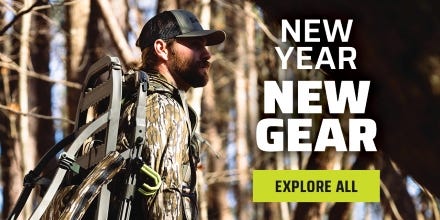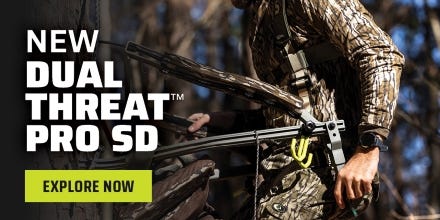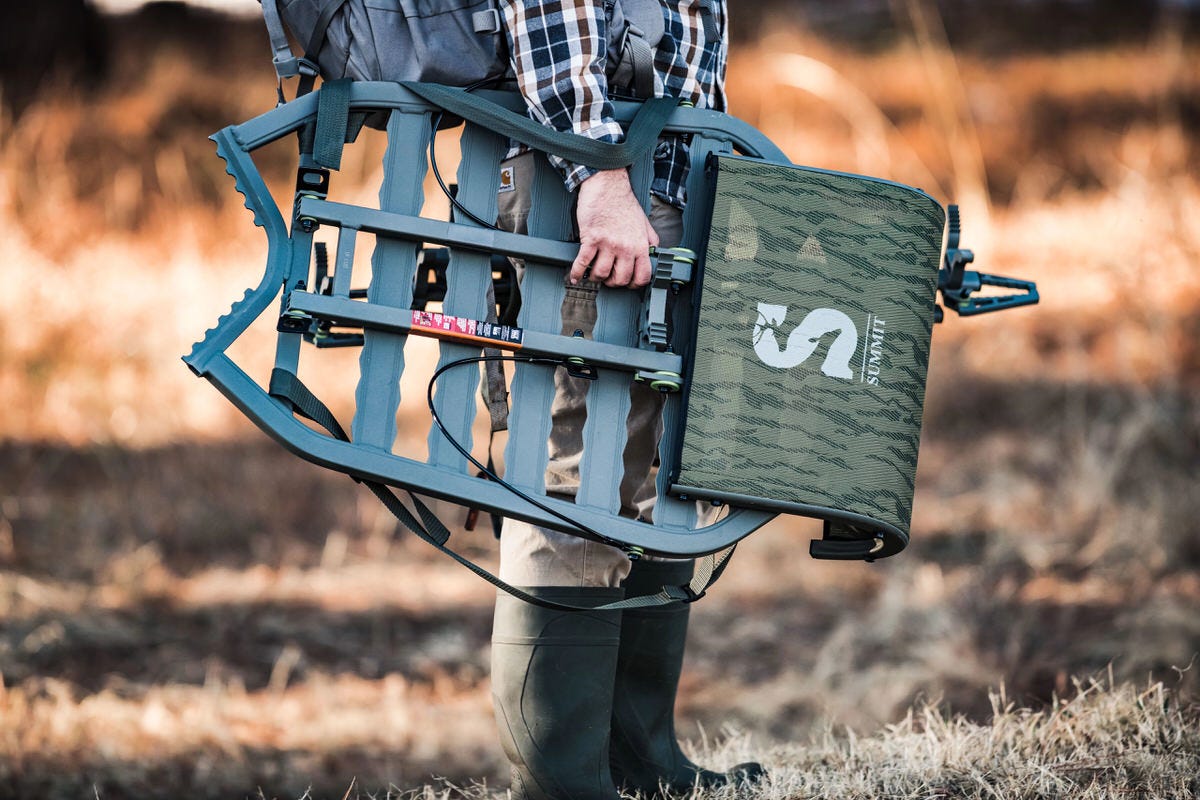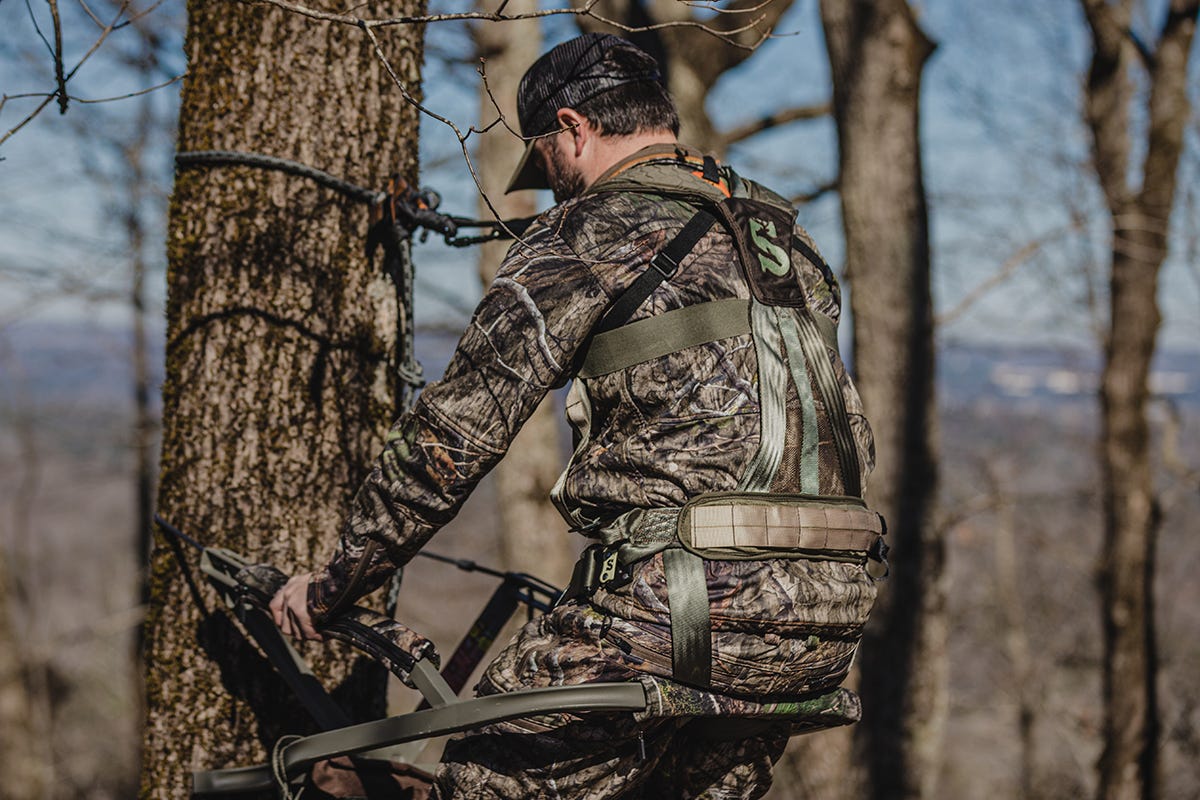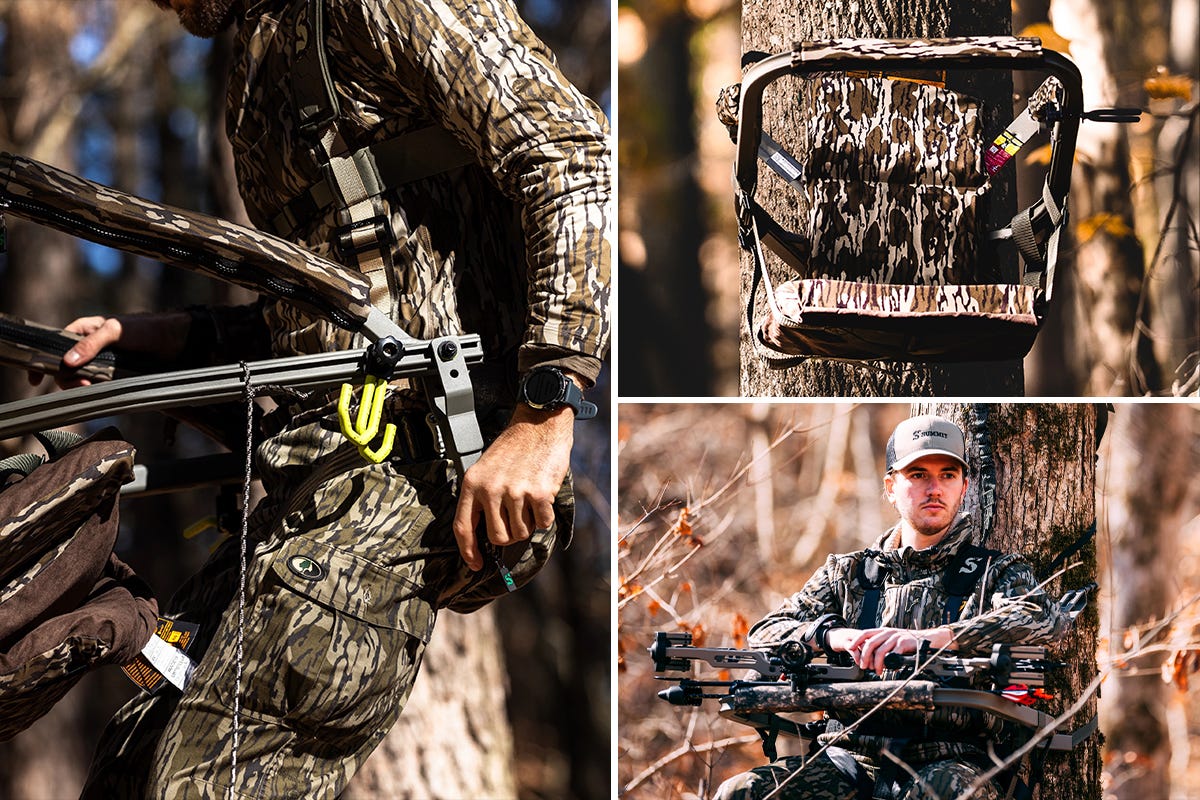- Dec 9, 2013
Hunt the Rut Right
Sometimes it's easy. Take an Oklahoma high-school teacher whose early morning commute took him past a farm he had permission to hunt. One morning several years ago, he glanced over and there it was - the buck of his dreams. The next morning about the same time the big buck was there again, and by the third morning the teacher had a tree picked out. On the fourth, he collected his buck.Normally, it's not that way. Few of us live at our deer hunting area, or get to drive past every morning. And since a buck's travel route changes throughout the deer hunting season, the tree stand that is red-hot in October can be cold-dead in November. Here are just a few tree stand locations to take you through all phases of the rut.
An aerial image of your deer hunting land is the most useful tool (except past experience) to selecting stand locations. Internet sites such as Google Earth can give you the shortcut you need. You may discover spots you hadn't considered.
Pre-rut
Ideal hunt time: evening
It's all about food during the early season, and if you've patterned a buck from a distance, it's up to you to either screw it up or take advantage. You've watched a buck enter a soybean field from the backside for three evenings in a row, but it always seems to enter from a different trail. During the heat of the day, get as scent-free as possible and head to the most central trail. Touching as little as possible, walk the trail to locate a staging area and setup one or two trail cameras. Moultrie makes a panoramic game camera for just such a situation as this. Keeping tabs on a big swath of land can come in handy and mean the difference between a shot at the big one, or being just out of bow range.
Look for old rubs on trees because staging areas often remain the same and this year's bucks aren't yet hot enough to provide much visual sign. There may be some scat, but that's about it. Set several stands at the edge of the staging area to allow you to hunt it under various wind directions. Then, hunt it sparingly. Another option is to hunt the field edge itself, but with the buck entering from different trails each evening, getting it within bow-range can be a problem. The solution may be to surprise the buck with a deer decoy set 30- or 40-yards out from your position. While prime decoying time is still more than a month away, a buck decoy can bring in the big boy for a closer investigation. Spray the decoy with scent elimination spray, add some buck urine to the ground around it and sit back and watch the show.
Late Pre-Rut
Ideal hunt time: morning
Earlier in the season, a deer's daily routine is largely determined by the deer's feeding habits. At this stage, however the food focus is getting a little fuzzy. Bucks are starting to feel perky and will begin to roam a little more. They'll check out the girls, but it's not too serious yet. The bachelor groups are dispersed and bucks have staked out their turfs. A few rubbed trees are showing up. This time of the season allows you to position at intersections between bedding and feeding areas. Move to a spot where two draws or major trails connect bedding areas to a major food source or two. Set two stands to cover different wind directions.
Peak Rut
Ideal hunt time: all day
Using an aerial photograph of your hunting land, take a step back and identify three main buck travel areas, then look closer and locate the funnels within those travel areas. The funnel may be the thin strip of woods between two larger blocks of timber, a ridgetop with a pond at its base that forces deer around it, or a creek crossing. Also consider an area that provides a shortcut from two doe bedding areas. Every year hunters see trophy bucks trotting across open pastures, and often these bucks are simply taking a shortcut. The trail the buck normally would take during any other time of the year might be around the inside of the woodline bordering an open pasture, but during the peak of the rut the buck's urge to breed is too strong and it simply takes off across the pasture. This is a good secondary location, especially during the lock-down phase when bucks disappear because they're holed up with does. One doe is bred and slips away, and it's time for that buck to find another doe – quick.
Post-Rut
Ideal hunt time: mid-day
By the time all of the breeding is done, a big buck is tired and hungry. And if the temperatures are very cold, it's time to spend the middle of the day at your feeder or foodplot. Deer must feed more often in very cold temperatures, and post-rut bucks need to regain some of the weight lost from the last thee weeks of activity, making the foodplot or feeder tactic perfect.
Here's the perfect scenario:
A strong cold front moves through your area for two days, dumping snow and ice. Deer will be holed up during the storm, but feeding resumes double-time as soon as the weather clears. Catch the final throes of the weather system from the tree stand and you should see immediate deer activity as it clears out. As always, hang two tree stands to cover different wind directions.

